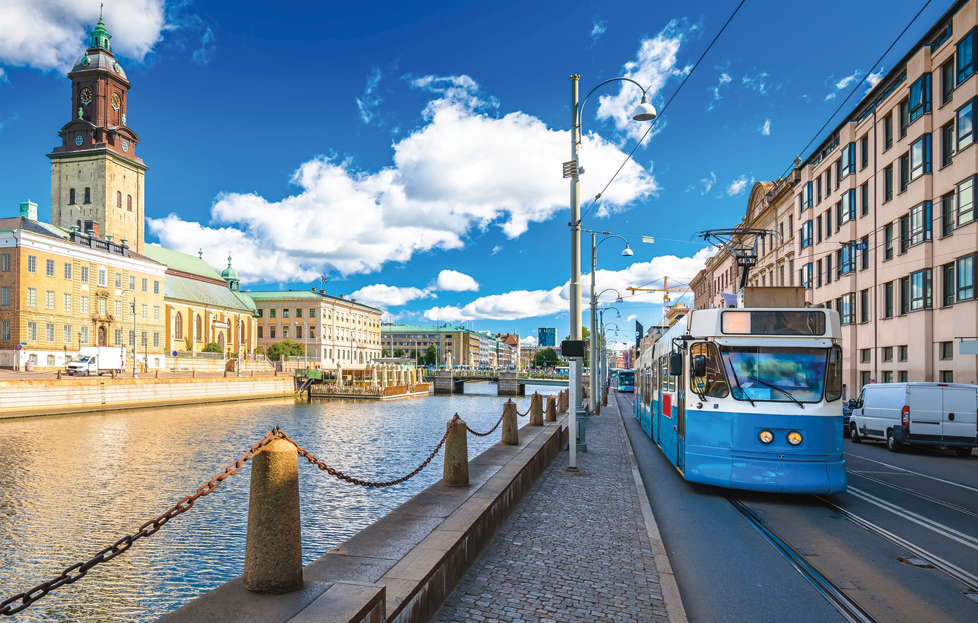Under the UNECE Convention on Long-range Transboundary Air Pollution (LRTAP) the Gothenburg Protocol has been reviewed in terms of effectiveness. The review report found that emissions have been reduced, but that countries will continue to suffer from health, ecosystems, and crop yield damages from air pollution under current legislation. Further emission reductions are needed across various sectors such as agriculture, energy and transport, and societal changes are needed in the areas of energy and diet.
The Working Group on Strategies and Review agreed at its 61st session (4–6 September 2023) that continuing with the amended Gothenburg Protocol in its current form with no additional action is not an option. Among delegations, there was significant support for a revision of the Protocol and the Working Group therefore recommended to the Executive Body that it launches a process for revising the Protocol at its 43rd session (11–14 December 2023).
The full meeting report can be found here:
ECE_EB.AIR_150_Add.2_2305247E.pdf (unece.org)































